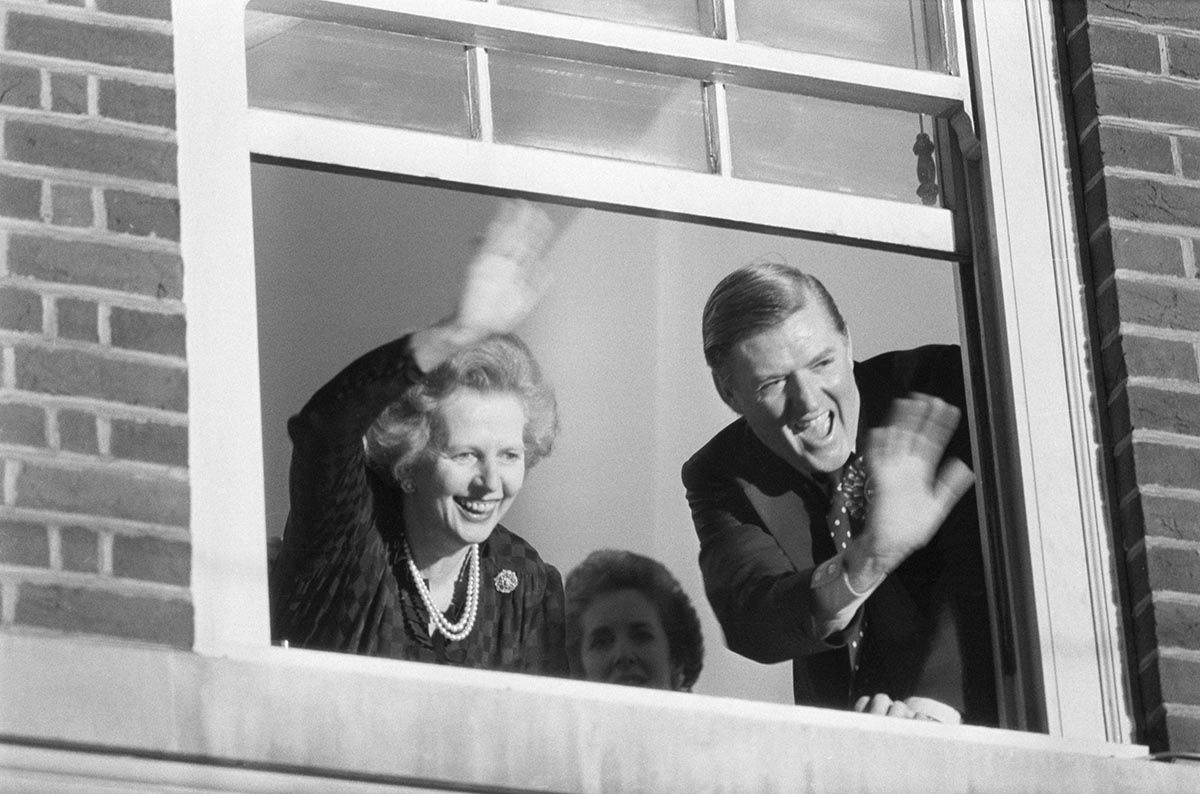Thatcher Breaks Consensus | History Today - 2 minutes read

When asked who has been the most controversial and radical postwar British prime minister, many historians and academics incline towards Margaret Thatcher. Taking office 40 years ago, and in power between 1979 and 1990 as the UK’s first female prime minister, the circumstances she faced in office gave her the opportunity to stamp her mark on British life – and this she did. When she departed from 10 Downing Street, she had become the longest-serving continuous British leader of the 20th century. Her divisive legacy has been debated ever since.
On assuming the premiership, Thatcher preached harmony, social unity and conciliation, quoting St Francis of Assisi as she stood on the doorstep of 10 Downing Street for the first time in May 1979. She did so in the wake of a divisive decade. The 1970s had been plagued by political and social instability, economic turbulence and trade union unrest. However, Thatcher’s radical policies and her solutions for resolving the UK’s postwar economic decline meant that harmony was unlikely to be realised in the years that followed. This would become apparent in the controversial decisions she took during the 1980s. Consequently, in the almost 30 years since the end of her rule, successive governments have had to grapple with the issues and problems that are the legacy of her own specifically divisive policies.